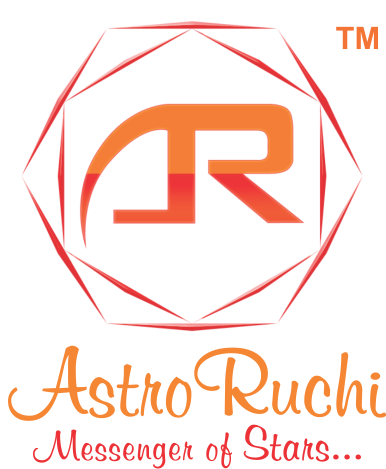Tarot Card by Astoruchi Dr. Abhiruchi Jain
#Tarot, #Tarotcard, #Tarotreader, #MajorArcana, #MinorArcana, #psychicreading,#RiderTarot
Tarot card reading is a form of cartomancy whereby practitioners use tarot cards to purportedly gain insight into the past, present or future. They formulate a question, then draw cards to interpret them for this end. A traditional tarot deck consists of 78 cards, which can be split into two groups, the Major Arcana and Minor Arcana. French-suited playing cards can also be used; as can any card system with suits assigned to identifiable elements (e.g., air, earth, fire, water).
History
The first written references to tarot packs occurred between 1440 and 1450 in northern Italy, for example in Milan and Ferrara, when additional cards with allegorical illustrations were added to the common four-suit pack. These new packs were called carte da trionfi, triumph packs, and the additional cards known simply as trionfi, which became “trumps” in English.
One of the earliest references to tarot triumphs is given c. 1450–1470 by a Dominican preacher in a sermon against dice, playing cards and ‘triumphs’. References to the tarot as a social plague or indeed as exempt from the bans that affected other games, continue throughout the 16th and 17th centuries, but there are no indications that the cards were used for anything but games. As philosopher and tarot historian Michael Dummett noted, “it was only in the 1780s, when the practice of fortune-telling with regular playing cards had been well established for at least two decades, that anyone began to use the tarot pack for cartomancy.”
Egypt, the Kabbalah, Indic Tantra, or the I Ching have been frequently repeated by authors on card divination. However, scholarly research reveals that, having been invented in Italy in the early 15th century for playing games, there is no evidence of any significant use of tarot cards for divination until the late 18th century. In fact, historians have described western views of the Tarot pack as “the subject of the most successful propaganda campaign ever launched… An entire false history and false interpretation of the Tarot pack was concocted by the occultists; and it is all but universally believed”.
The belief in the divinatory meaning of the cards is closely associated with a belief in their occult properties, a commonly held belief in early modern Europe propagated by prominent Protestant Christian clerics and Freemasons. One of them was Court de Gébelin.
From its uptake as an instrument of divination in 18th-century France, the tarot went on to be used in hermeneutic, magical, mystical, semiotic, and psychological practices. It was used by Romani people when telling fortunes, as a Jungian psychological apparatus capable of tapping into “absolute knowledge in the unconscious”, a tool for archetypal analysis, and even a tool for facilitating the Jungian process of individuation.
With lots of Hopes and Wishes
Astroruchi
Dr. Abhiruchi Jain
